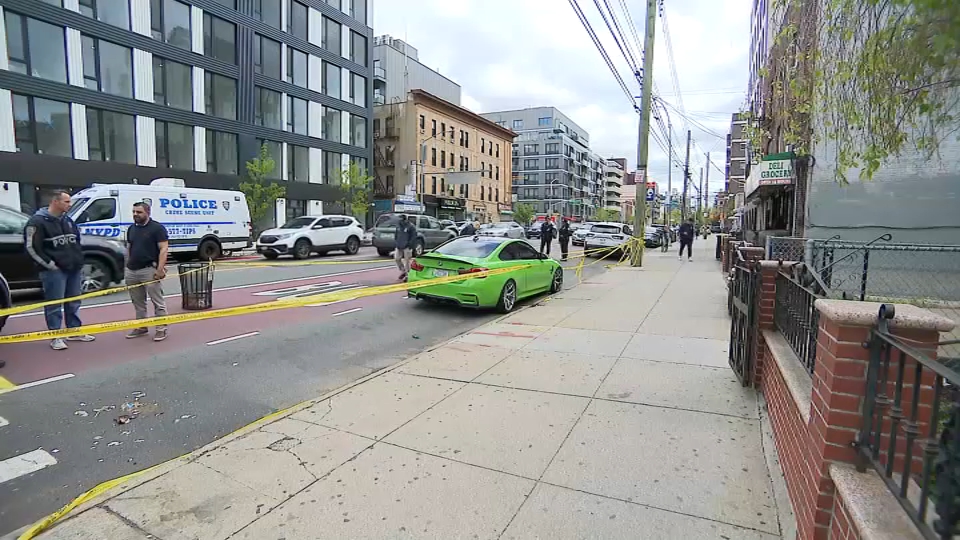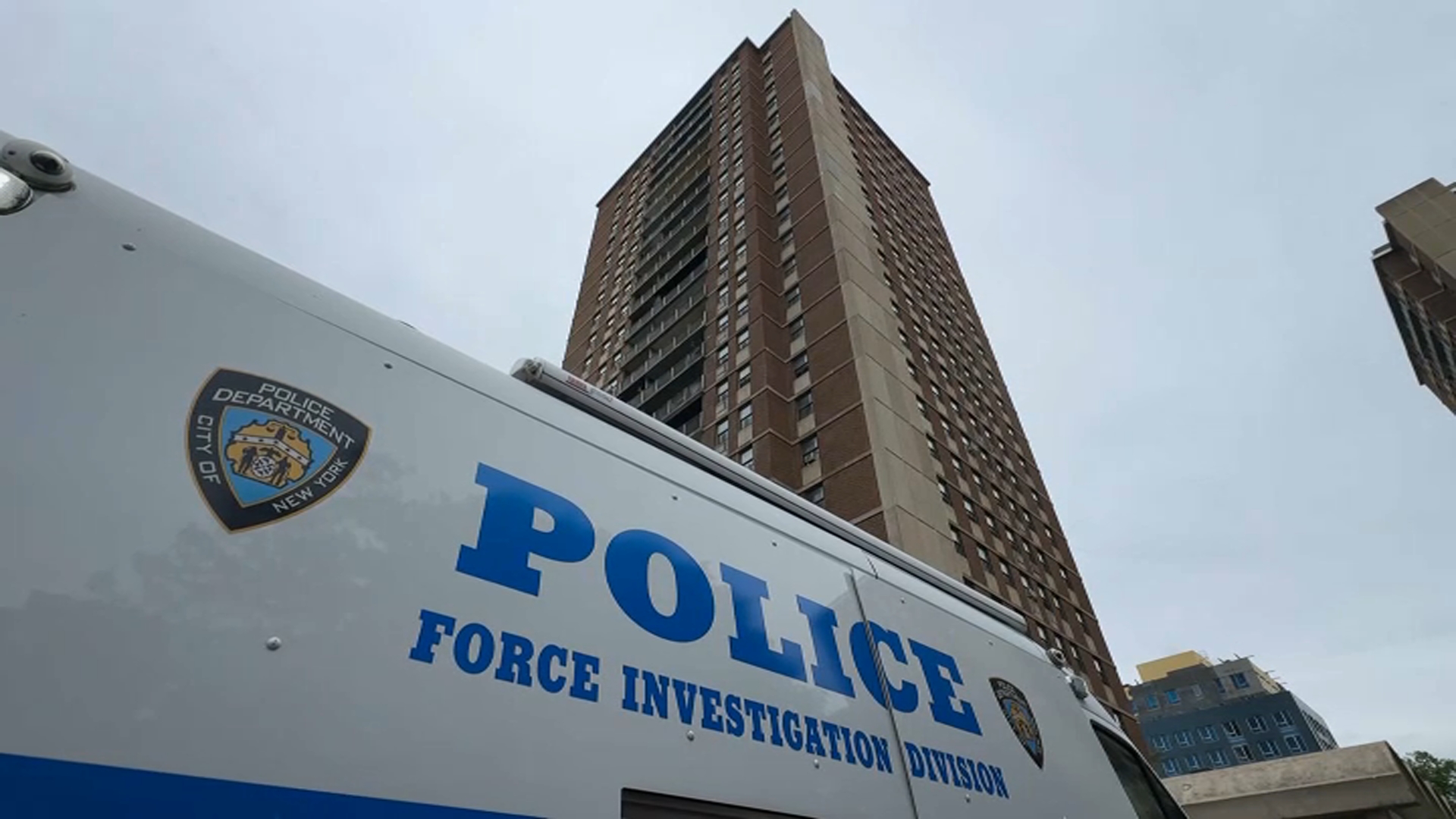NYPD Officer Shot in Queens: 5 Key Updates & Facts
NYPD Officer Shot in Queens: Persons of Interest in Custody
Breaking News: Off-Duty Officer Shot in Long Island City
We're following a developing story out of Queens this morning. An off-duty NYPD officer was shot in Long Island City, and thankfully, early reports indicate that the injuries are not considered life-threatening. Can you imagine getting that phone call? The relief knowing it's not life-threatening, but the fear still lingering. Law enforcement sources have confirmed that two persons of interest are now in custody, which is a crucial first step in this investigation.
The Scene: 23rd Street and 43rd Avenue
The incident reportedly occurred near 23rd Street and 43rd Avenue around 6:30 a.m. Sunday. Police swiftly responded to the call, and within a short period, two individuals were apprehended approximately 10 blocks away. The rapid response is a testament to the dedication of our NYPD officers.
Officer's Condition: Stable, But Concerns Remain
While we're relieved to hear the officer's injuries aren't life-threatening, it's essential to remember that any shooting is a traumatic event. We're sending our thoughts and prayers for a speedy recovery to the officer and their family. We will continue to update as more information becomes available.
A Green BMW: Central to the Investigation?
Eyewitness reports and video footage from the scene show a bright green BMW parked along the sidewalk, surrounded by crime scene tape. Is this car directly involved? At this point, it's a key piece of evidence that investigators are undoubtedly examining meticulously. It’s like a puzzle piece that may unlock the whole picture.
Suspects Remain Unidentified: What We Know So Far
The NYPD has not yet released the names of the persons of interest or the officer who was injured. This is standard procedure in the early stages of an investigation to protect the integrity of the process and the identities of those involved. We must respect the process and avoid speculation.
Motive Unknown: What Led to the Shooting?
As of now, the motive behind the shooting remains a mystery. The NYPD has not provided any details on what may have led to the incident. Were the persons of interest known to the officer? Was it a random act of violence? These are all questions investigators are working to answer.
The Investigation: A Delicate Balancing Act
Investigations like these require a delicate balancing act. Law enforcement must gather evidence, interview witnesses, and follow leads, all while protecting the rights of individuals involved. It's a complex process that demands precision and expertise.
Community Impact: Fear and Uncertainty
Incidents like these can create a sense of fear and uncertainty within the community. It's crucial for residents to remain vigilant, report any suspicious activity, and support local law enforcement efforts. We are all in this together.
Role of Surveillance: Cameras and Technology
In today's world, surveillance cameras play a significant role in crime investigations. Did cameras capture the shooting? Did they record the suspects fleeing the scene? This technology is often invaluable in identifying suspects and piecing together events.
Legal Process: What Happens Next?
The persons of interest are now in custody. What happens next? They will likely be questioned by investigators, and evidence will be gathered to determine their involvement in the shooting. Depending on the findings, they may be formally charged with a crime. It’s a process that unfolds deliberately.
The Importance of Community Cooperation
Community cooperation is paramount in solving crimes. If you have any information that may be relevant to this investigation, please contact the NYPD immediately. Even seemingly insignificant details can be crucial in bringing justice.
Mental Health Support: Resources for Officers and the Community
After a traumatic event like this, it's important to remember the need for mental health support. Resources are available for officers, their families, and the community. Don't hesitate to reach out for help if you're struggling.
Debate on Gun Violence: A National Conversation
This incident, unfortunately, reignites the ongoing debate about gun violence in our nation. It's a complex issue with no easy solutions, but it's a conversation we must continue to have. How do we balance the rights of individuals with the need for public safety? It's a question that demands thoughtful consideration.
Update on the Green BMW: Any New Leads?
Examining the Vehicle
The green BMW remains a focal point of the investigation. Forensic experts are likely meticulously examining the vehicle for any evidence that could link it to the shooting. From fingerprints to DNA, every detail matters.
BMW Ownership
Investigators will be working to determine who owns the BMW. Is it registered to one of the persons of interest? Was it stolen? The ownership of the vehicle could provide valuable clues about the motive behind the shooting.
The Officer's Road to Recovery: A Long Journey Ahead
Physical Healing
While the officer's injuries are not considered life-threatening, the physical healing process can still be long and arduous. We wish them strength and perseverance during this challenging time.
Emotional Scars
Beyond the physical wounds, there are often emotional scars that can linger long after the body heals. It's essential to provide the officer with the support and resources they need to cope with the trauma of the shooting.
The Larger Picture: Crime in New York City
This incident occurs against the backdrop of ongoing discussions about crime rates in New York City. Are crime rates rising? Are they falling? What measures are being taken to ensure public safety? These are questions that are constantly being debated.
Conclusion: Seeking Justice and Healing
In conclusion, the shooting of an off-duty NYPD officer in Queens is a deeply concerning event. While two persons of interest are in custody, the investigation is ongoing, and many questions remain unanswered. Our thoughts are with the officer and their family as they begin the healing process. We must support our law enforcement and work together to ensure the safety and security of our communities. The community's support is vital to the healing process.
Frequently Asked Questions
Here are some frequently asked questions about the shooting of the off-duty NYPD officer:
-
Q: Have the persons of interest been charged with a crime?
A: As of the latest reports, no formal charges have been filed. The investigation is ongoing, and charges will be determined based on the evidence gathered.
-
Q: What is the current condition of the injured officer?
A: The officer's injuries are not considered life-threatening. They are receiving medical care, and we hope for a speedy recovery.
-
Q: Was the shooting a random act of violence, or was the officer targeted?
A: The motive for the shooting is currently unknown. Investigators are exploring all possible angles.
-
Q: How can the public help with the investigation?
A: If you have any information about the shooting, please contact the NYPD immediately. Even seemingly small details could be helpful.
-
Q: Where can I find resources for mental health support following this incident?
A: Many mental health resources are available. You can contact the NYPD, your local hospital, or a mental health professional for assistance.

